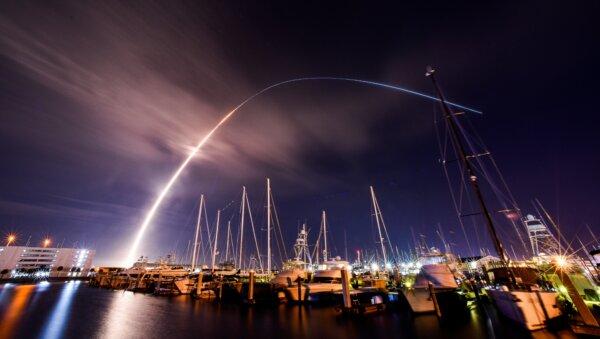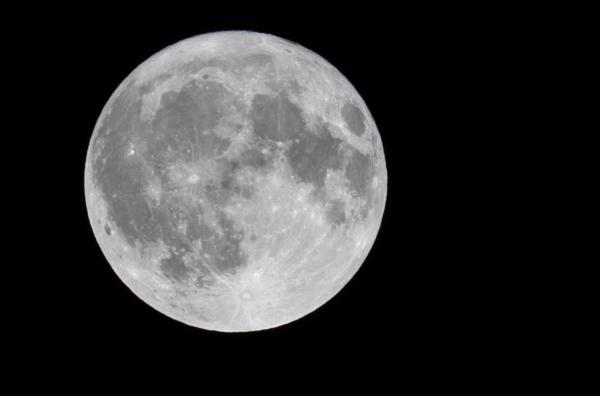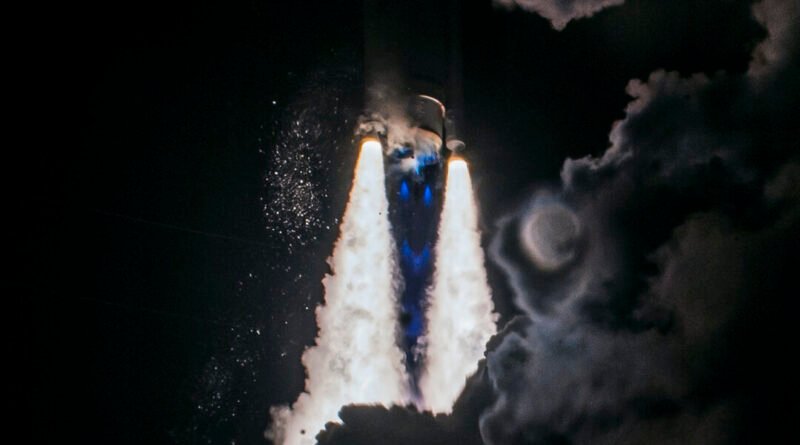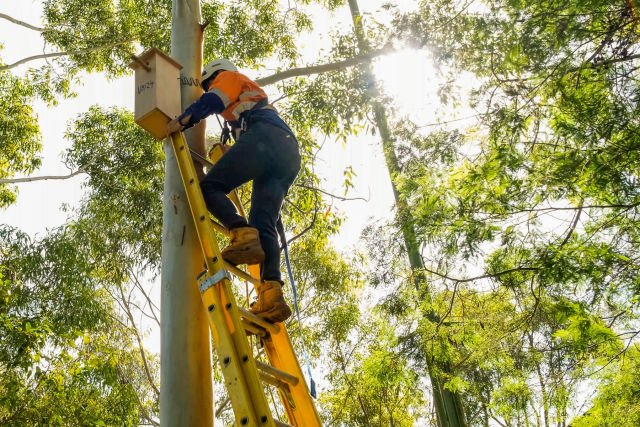Critical Fuel Loss Puts US Moon Landing Mission at Risk
Lunar lander Peregrine has experienced a serious loss of propellant, potentially dooming the first US mission to the moon in over half a century.
A fuel leak is believed to have caused a “critical loss” of fuel which may have ended the United States’ first moon landing attempt in over 50 years.
Pittsburgh-based private company Astrobotic Technology revealed the launch of its unmanned lunar landing, Peregrine, on Jan. 8. The craft launched from Cape Canaveral Space Force Station in Florida on a United Launch Alliance (ULA) Vulcan rocket in the early hours of the morning.
However, shortly after the lander separated from the rocket, the team identified a “propulsion anomaly,” preventing Peregrine from orienting itself towards the sun to collect power. This malfunction could jeopardize “the ability of the spacecraft to soft land on the Moon.” Engineers managed to tilt the spacecraft in the right direction through an “improvised manoeuvre” and charge the battery. However, another issue was discovered shortly after.
“The team is working to try and stabilize this loss, but given the situation, we have prioritized maximizing the science and data we can capture,” the company added.

Peregrine was expected to land on the moon on February 23, potentially becoming the first commercial craft to touch down on the moon. However, the success of this mission now seems uncertain.
Working Around the Clock
“Nonetheless, the spacecraft’s battery is now fully charged, and we are using Peregrine’s existing power to perform as many payload and spacecraft operations as possible,” the company said.
“At this time, the majority of our Peregrine mission team has been awake and working diligently for more than 24 hours, we ask for your patience as we reassess incoming data so we can provide ongoing updates later this evening.”
Following the Peregrine mission, Astrobotic has announced plans for further lunar exploration efforts with the launch of Griffin Mission One in late 2024. Griffin, the largest lunar lander since the Apollo lunar module, is set to carry NASA’s Volatiles Investigating Polar Exploration Rover (VIPER) to the south pole of the moon to search for water or ice.

The United States hasn’t returned to the moon since December 1972 when Apollo 17 successfully delivered astronauts to the lunar surface and forever immortalized Gene Cernan and Harrison Schmitt as the 11th and 12th men ever to set foot on the lunar surface.




